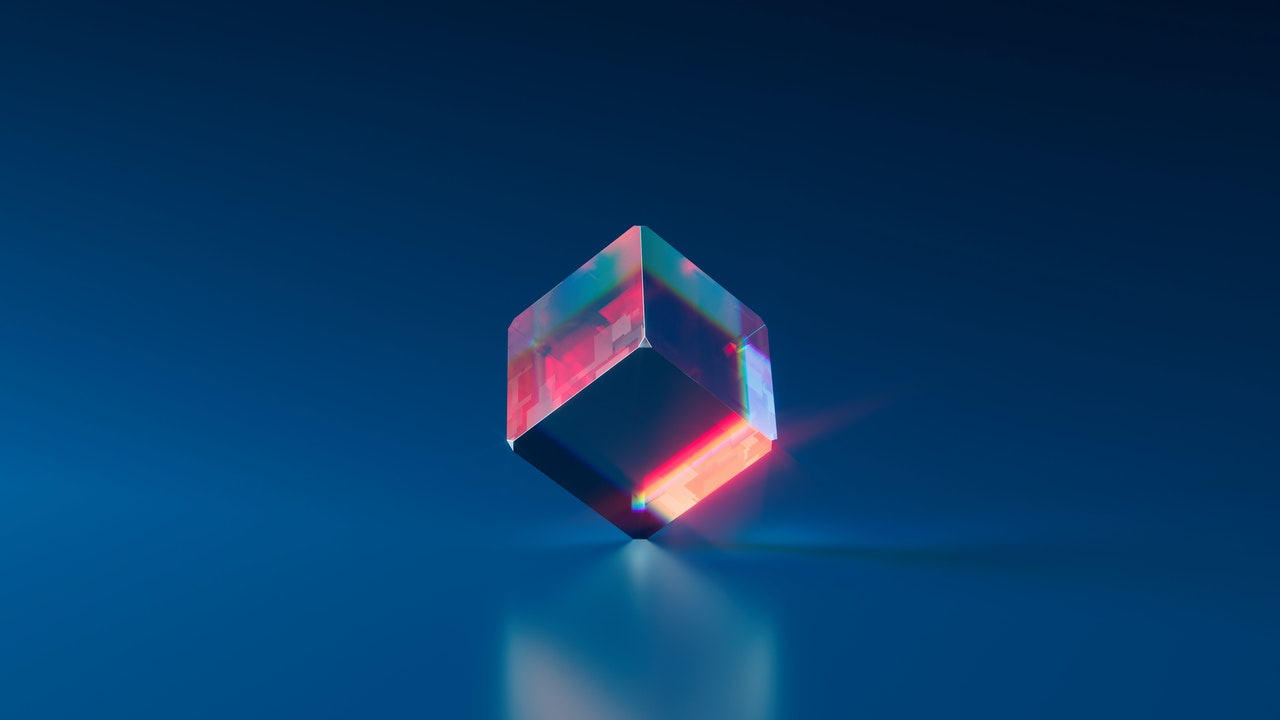“Why should I create NFTs? How do I benefit? And how do I sell NFTs?” Many artists struggle with insecurities about NFTs. In this blogpost, we will explain to you why any artist should create art NFTs, whether you are a total beginner or the new Picasso of the 21st century.
The new state of art in the cultural sphere
More and more art sellers and collectors are asking for an NFT while contemplating the purchase of an art piece. In 2022, documentation and certificates on paper seem outdated. Isn’t it much more user-friendly and efficient to have all data about the artwork accessible digitally? Even more so when it updates automatically whenever the artwork is changing hands or locations.
Not even to speak about the high security and trust that comes with a digital copyright. When all is said and done, the factors of NFT and digitalization can be crucial for the prospective sale of many digital and physical artworks.
NFTs are in high demand from wealthy target groups
Sotheby’s in Hong Kong have boomed in 2021 due to the rapid growth of the Asian art market. For a long time, it was not common in Asian high society to invest in art on a large scale. With the younger generation of Asians increasingly entering the art trade, the revenue has multiplied, and even more growth in the next few years is expected.
Another well-paying group, that has just started to buy art as NFTs have broken through, is a tech savvy, blockchain, and crypto enthusiastic target group. Traditional art was not of interest for them but as they see art NFT as a new development, they are ready to invest a certain amount to be ahead of the trend.
NFT artists circumvent traditional structures
Art NFT are an important innovation in the art world. Even more so it is for artists who are largely disregarded by the traditional art establishment. A traditional art gallery would probably not be interested neither in Beeple nor in Cryptopunks before the concept of NFT has broken through. Creators are no longer dependent on the endorsement of traditional art critics to enter the art market on a large scale. Art NFT marketplaces are much less restrictive and therefore more democratic and independent.
In the future, it is possible that a new validating structure will be built up, but at the current status quo the new art discipline has not given time for it.
(Digital) artists can create a feeling of scarcity
Not long ago digital artists struggled with the problem of lack of trust from collectors as digital artworks could be copied infinitely. Artists experienced frustration as their art received less acknowledgment compared to physical artworks – which significantly influenced the revenue. Art NFTs finally offered a solution to this challenge: digital art could be made unique and original.
Many consumers are willing to pay more for limited edition items.
At the same time, an NFT is taken more seriously in the market, as it is also considered an investment instrument.
Conclusion
Looking back at 2021 and the tendencies of the art market, there is no doubt: in the future, the most successful creators will be the ones who use new technologies and adapt to the changing requirements of the art trade universe. The earlier one gets on board, the more benefits there are to be had!
About the author:

Alina Archelrod
Superpower: telling exciting stories.
She always loved painting and drawing. In high school, she often made pencil portraits of her classmates. “Unsurprisingly, I studied art history and art education.” Today she works from Berlin and now goes to the beach only to sunbathe.????️
“See life as a game” is the best advice anyone has given her.
